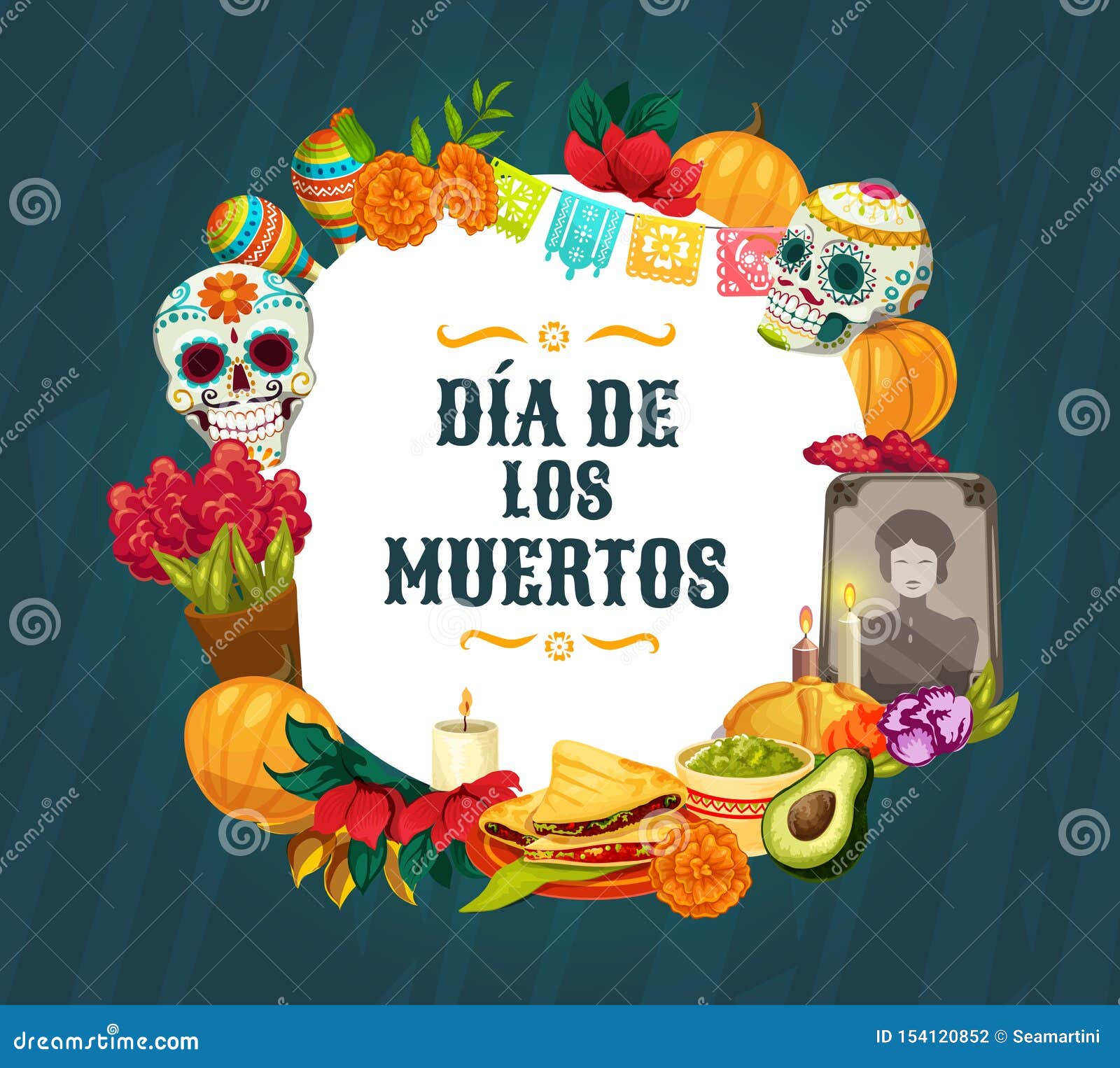

“These include salt, sugar, water, candles, a photo of the person, usually the person’s favourite food or drink, flowers (usually marigolds) and, of course, the sugar skulls, which have become a symbol of Día de los Muertos.” She points out that altars don’t have to commemorate a Mexican person. “The only requirement is that the altars include some or all of the main elements found in traditional altars,” Morales explains. Over the past few years, under the charge of Morales and with the support of the Mexican consulate, it has come to incorporate restaurants and bars as well as cultural centres. “The Mexican Consulate and the Pre-Columbian Art Museum invited us to be a part of an informal altars route, and the event grew from there,” she says. We thought, ‘why not, it’s sugar, it’s technically food’.” After this, Morales and her colleagues discovered that several places around Barcelona had been putting up altars for some years. I was working at a foundation called the Food and Culture Museum back in 2007, and we decided to put up an altar for the Day of the Dead because we’d found some sugar skulls in the archives of the museum. Morales runs a small cultural centre in Gràcia called Diogenes that since 2009 has been the driving force behind Barcelona’s Ruta de Altares. The best way to describe an altar is almost like a table set out for an important guest someone coming to visit who you haven’t seen for a long time.”

As Mexican native and Barcelona resident Rosi Morales explains, “The idea is not to celebrate death, but to celebrate the life of the person by remembering them.

The Ruta de Altares (Altars Route) is an exposition unique to the city of Barcelona. It’s a ritual that might seem a little strange to the uninitiated, but the celebration is becoming increasingly popular all around the world. From October 31st to November 2nd, whole families gather in the local cemetery, bringing flowers, food and candles, and create handmade ‘altars’ for deceased loved ones in their homes. So they're now adopting this tradition and just owning it and I'll take that any day," Xoch said.Barcelona has created a unique way to mark the Mexican tradition of El Dia de los Muertos.Įl Día de los Muertos is a Mexican cultural phenomenon that dates back to Pre-Columbian times. "Just in the last few weeks, a lot of my clients coming in for marigolds, who are mostly young Latinx women, told me this is the first time they are celebrating Día de los Muertos. Whereas growing up she saw many of her peers reject more indigenous aspects of Latino culture in an attempt to assimilate, now, she says, they are embracing it. But there is an upside, she said.īecause it's become part of mainstream culture, "It's become easier for young Latinx or brown people who are first or second generation to accept their heritage and be proud," Xoch said. The cheerful hues also add to the celebratory nature of the holiday, which, although it's wrapped up in death, is not somber but festive.Īndi Xoch, founder and owner of Latinx With Plants in East Los Angeles, said the growing popularity of the holiday has made it "easier for young Latinx or brown people who are first or second generation to accept their heritage and be and be proud."Īndi Xoch, founder of Latinx With Plants in East Los Angeles, told NPR she is concerned about the commercialization and the borderline or sometimes outright cultural appropriation of what was once an indigenous holiday. The fragrance of the bright orange and yellow flowers is said to lead souls from their burial place to their family homes. The celebration involves the creation of an altar with offerings that include photos of the dead, candles, bottles of mezcal and tequila, and food, sugar skulls, and the cempasúchil - the Aztec name of the marigold flower native to Mexico. That tradition was blended with the Roman Catholic observance of All Saints Day by the Spaniards when they conquered Mexico. It's deeply rooted in pre-Hispanic Aztec rituals tied to the goddess Mictecacihuatl, or the Lady of the Dead, who allowed spirits to travel back to earth to commune with family members.

2, stretches back centuries in Mexico and to a lesser extent a few other Latin American countries. The origins of Día de los Muertos, which begins on Nov. Deceased individuals are remembered with the placement of flowers and candles at their cemeteries. This image depicts how Día de los Muertos is observed and celebrated.


 0 kommentar(er)
0 kommentar(er)
